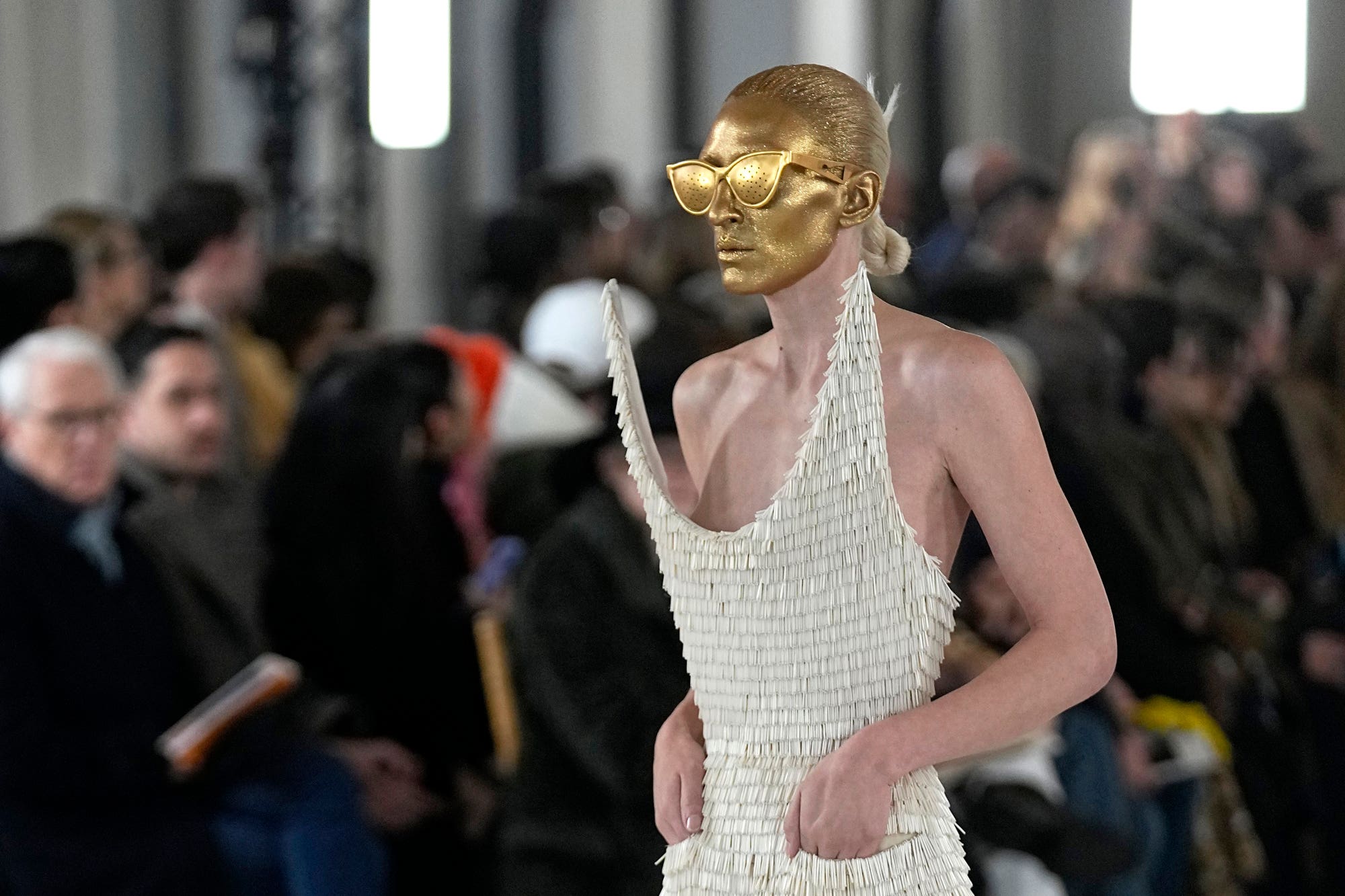Global style manufacturing has more than doubled in the past 15 years, with clients buying 60 percent more clothes than in 2002 but preserving them for half the time. While developments have, and constantly might be, the lifeblood of the style enterprise — pleasurable client appetite for variety and newness — sustainability is now pinnacle precedence for brands. Fashion’s environmental footprint has grown in recent years due to improved consumption of raw substances, more waste, and pollution. On its modern-day trajectory, the enterprise is set to apply 25 percent of the sector’s carbon finances by 2050.

The urgency of change isn’t lost on manufacturers and stores — many are now publicly setting formidable targets for sustainability and sharing development. For example, Nike recently introduced that it has signed the Fashion Industry Charter for Climate Action, joining the U.N. Climate Change and other main manufacturers, outlets, and providers worldwide to accelerate some of the industry’s most aggressive climate goals.
Consumers, too, are playing a role in accelerating trade. Today, nearly three-quarters of customers globally are buying from organizations that are actively lowering plastic usage and are committed to improving the environment, and three-quarters want more transparency in how organizations responsibly source their materials.
To make it less complicated for consumers to perceive the brands and merchandise that are aware of the planet, luxury style store Net-a-porter recently introduced its new platform, Net Sustain, an edihighlightingts manufacturers that meet sustainability standards,s, making moral luxurious purchasing easier.
Consumers have constantly preferred not to be visible in the same outfit two times — on Instagram, as a minimum — but this is now coupled with a stronger and stronger sense of environmental morality. This has allowed several new enterprise fashions to come into play in the style enterprise.
Time to go circular
While the shift to a circular fashion gadget has already begun, more needs to be done. Today, just 1 percent of apparel is recycled, and nearly three-quarters (seventy-three percent) end up in the landfill.
Circular commercial enterprise fashions can permit companies to decouple boom from using scarce and finite sources. By combining new technology with modern business fashions, the fashion industry should maintain competitiveness while improving its impact on the world. To date, development in exploring these new fashions has large,ely been the h, old of begin-ups. Larger, set-up corporations had been challenged to adopt them at scale, with one of the most massive boundaries being uncertainty around the fashions’ financial viability.
To deal with this difficulty, Accenture Strategy and Fashion for Good carried out an analysis of three circular business fashions most relevant to the style enterprise — apartment, subscription condominium, and re-trade — to assess their industrial viability across four industry segments: cost, mid-market, premium, and comfort. The findings propose that each fashion should work for present outlets in all segments. Some clear versions endorse every industry segment and require the proper version to acquire gold standard returns.
The document found that all 3 of the fashions explored can be financially feasible for current fashion shops, offering a sturdy case for developing business fashions.
Rental is beautiful in higher-value segments, with a potential margin greater than 60 percent in keeping with the garment. For the mid-market and premium segments, precise product traits that influence rentability, such as how often a garment is worn, should pressure stepped forward viability. The possibility for condominiums inside the value marketplace is hard, given the high variable fees incurred consistent with condominiums, relative to the low fee factor for purchase as new, which puts a ceiling on the viable rental charge.

